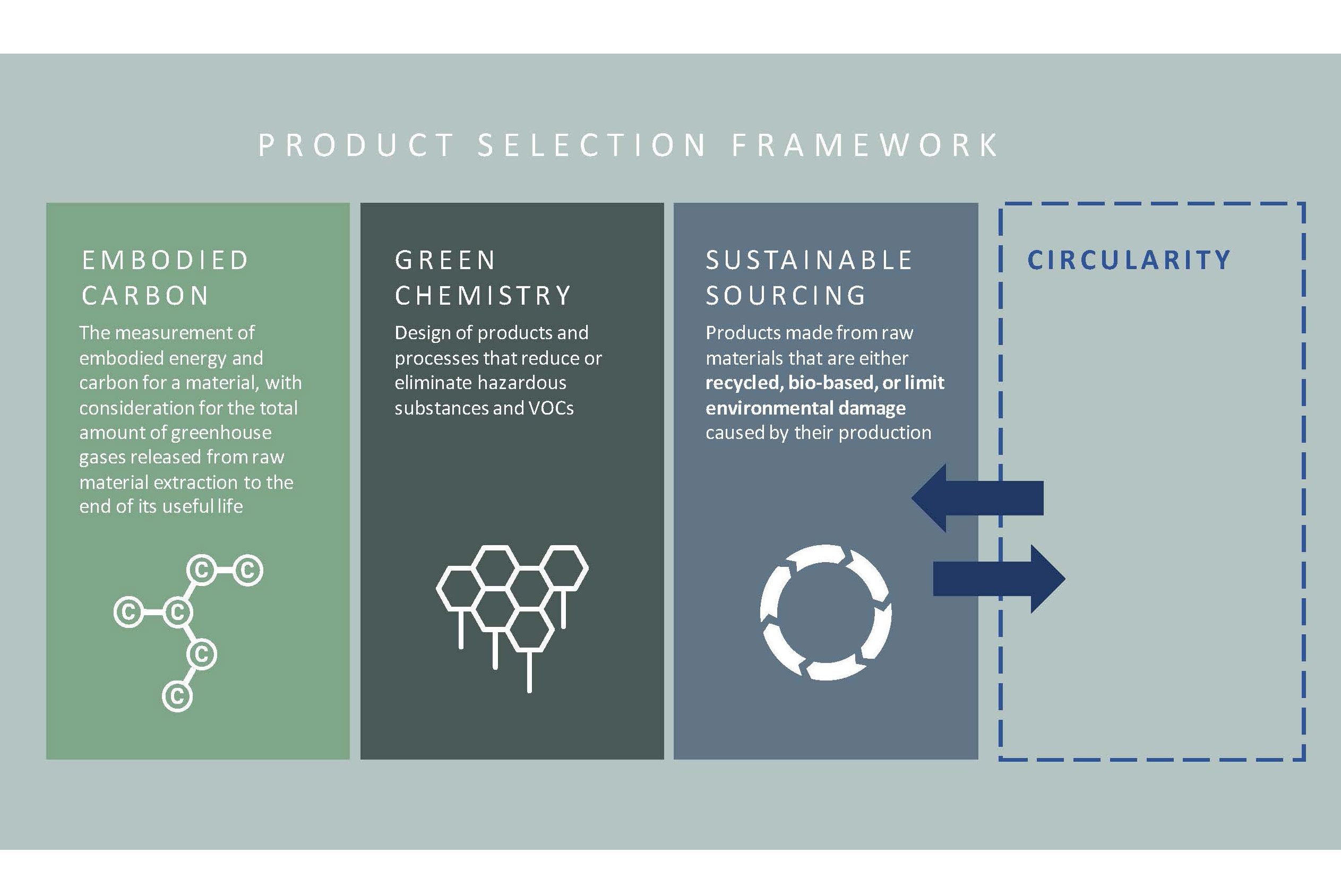
In a world where the concept of saving the planet is hotter than avocado toast, it’s time for brands to step up their eco-game and start embracing sustainability like it’s the latest TikTok dance craze. That’s right, folks, it’s time to ditch the plastic straws and start creating logos and brands that scream ”I care about the environment.” So grab your reusable water bottle and get ready to hop on the green bandwagon as we dive into the wild world of branding-tomorrows-clean-logo-trends/” title=”Revolutionizing Car Wash Branding: Tomorrow's Clean Logo Trends”>eco-conscious branding. Let’s make Mother Nature proud (and maybe snag a few Instagram likes along the way).
Importance of Sustainable Branding Strategies
Sustainable branding strategies are like the superheroes of the marketing world – they swoop in to save the day by promoting businesses that care about the environment and society. Imagine them wearing capes made of recycled materials, flying around with their eco-friendly jetpacks! These strategies help companies stand out in a sea of competitors by showcasing their commitment to sustainability.
By incorporating sustainable practices into their branding, businesses can attract a loyal following of eco-conscious consumers who appreciate their efforts to make the world a better place. It’s like having a fan club of tree-huggers who will do a happy dance every time they see a company’s environmentally-friendly packaging or renewable energy initiatives. Who needs a mascot when you’ve got a bunch of enthusiastic nature lovers cheering you on?
One of the key benefits of sustainable branding strategies is that they can help businesses save money in the long run. By reducing waste, using energy-efficient practices, and sourcing materials responsibly, companies can cut costs and boost their bottom line. It’s like hitting the jackpot at the eco-friendly casino – except instead of winning cash, you’re winning the admiration of your customers and the planet.
So, if you want your business to be a shining beacon of sustainability in a world full of wastefulness, it’s time to embrace sustainable branding strategies. Let your eco-friendly flag fly high, and watch as your customer base grows, your profits soar, and Mother Nature gives you a virtual high-five for being a green marketing superhero!
Key Elements of Eco-Conscious Logos
When it comes to eco-conscious logos, there are a few key elements that can make your design stand out in the green crowd. Let’s break it down:
- **Nature-inspired imagery**: Think leaves, trees, animals, or anything else that screams “I love Mother Earth!” Adding a touch of nature to your logo can show that you’re serious about protecting the environment.
- **Earth-friendly colors**: Ditch the traditional blues and reds and opt for shades of green, brown, and earth tones. These colors not only convey a sense of sustainability but also look pretty darn good on a logo.
- **Sustainable fonts**: Why use a boring old font when you can go eco-friendly? Stick to fonts that are clean, modern, and easy to read. Bonus points if they’re made with recycled materials!
By incorporating these key elements into your eco-conscious logo, you’ll not only show the world that you care about the environment but also create a design that’s visually appealing and memorable. So go ahead, get creative, and let your logo do the talking for a greener tomorrow!

Choosing Sustainable Materials for Branding
When it comes to choosing sustainable materials for your branding, it’s important to think outside the box (and the plastic bubble wrap). Gone are the days of boring, generic materials that harm the environment – it’s time to get creative and eco-friendly!
One great option for sustainable branding materials is recycled paper. Not only does it give your brand a rustic, earthy vibe, but it also shows your customers that you care about the planet. Plus, who doesn’t love the satisfying crinkle of recycled paper packaging?
Another fun and funky choice for your branding materials is bamboo. This versatile material is not only sustainable, but it also adds a touch of sophistication to your products. From bamboo business cards to bamboo tote bags, the possibilities are endless!
And let’s not forget about good ol’ cotton! This renewable resource is perfect for creating soft and stylish branded apparel. Whether you opt for organic cotton or fair trade cotton, your customers will appreciate the comfort and conscience behind your branding choices.

Designing for Longevity and Timelessness
When it comes to designing for longevity, it’s all about creating pieces that will stand the test of time. You want to avoid trends that will quickly go out of style and instead focus on timeless touches that will keep your designs looking fresh for years to come. Think classic shapes, neutral colors, and durable materials that can withstand the wear and tear of daily life.
One way to ensure your designs have staying power is to choose quality over quantity. Invest in well-made pieces that will last, rather than opting for cheap, disposable items that will need to be replaced every season. Remember, it’s better to have a few high-quality items that you love than a closet full of fast fashion regrets.
Another key factor in designing for longevity is versatility. Look for pieces that can be mixed and matched in a variety of ways to create different looks. This not only keeps your designs feeling fresh and current but also helps you get more mileage out of each item in your collection. Plus, it’s a great way to show off your creative styling skills!
Ultimately, the key to is to create pieces that you truly love and that reflect your personal style. Don’t be afraid to break the rules and add a bold statement piece or unexpected pop of color – after all, it’s your design, and it should bring you joy for years to come!

Incorporating Green Messaging into Brand Identity
When it comes to incorporating green messaging into your brand identity, it’s important to remember that going green isn’t just a trend – it’s a lifestyle! Here are a few tips to help make your brand environmentally friendly:
- Use eco-friendly materials for packaging and products
- Reduce waste by reusing or recycling materials
- Partner with sustainable suppliers and vendors
Remember, going green isn’t just about saving the planet – it’s also about saving some green in your pocket! By implementing sustainable practices, you can actually save money in the long run. Plus, who doesn’t love being a part of the solution instead of the problem?
Embracing green messaging isn’t just about being environmentally conscious – it’s also about connecting with your customers on a deeper level. By showing that your brand cares about the planet, you’re not only attracting eco-conscious consumers, but you’re also building a loyal customer base that values your commitment to sustainability.
So go ahead, flaunt your green side and let your brand’s eco-friendly messaging shine bright like a solar-powered lightbulb! Your customers – and the planet – will thank you for it.
Measuring the Impact of Sustainable Branding Efforts
Evaluating the effectiveness of sustainable branding efforts is like trying to measure how much water a fish drinks – it’s not an easy task! But fear not, there are ways to gauge the impact of your eco-friendly marketing strategies.
One way to measure the success of your sustainable branding efforts is to track customer engagement. Are people interacting with your green initiatives? Are they sharing your eco-friendly content on social media? Keep an eye on those likes, shares, and comments to see if your message is resonating with your audience.
Another way to determine the impact of your sustainable branding is to analyze consumer behavior. Are customers more likely to purchase your products because of your environmental efforts? Have you noticed an increase in sales since implementing green practices? If so, you’re on the right track!
Lastly, don’t forget to survey your customers to get direct feedback on your sustainable branding efforts. Ask them what they think about your eco-friendly initiatives and if they influence their purchasing decisions. Their opinions are invaluable in helping you gauge the success of your sustainability initiatives.
FAQs
How can a brand incorporate sustainability into their logo design?
By using eco-friendly color palettes, incorporating nature-inspired elements, and choosing sustainable materials for print and packaging.
What are some examples of successful eco-conscious logos?
Think Patagonia’s mountain logo, Starbucks’ green mermaid, and Whole Foods’ leafy “W”.
Can a brand be both eco-conscious and visually appealing?
Absolutely! Just look at brands like TOMS Shoes and Trader Joe’s – they’ve nailed the balance of style and sustainability.
How can a brand communicate their eco-conscious values through their logo?
By using symbols like leaves, recyclable arrows, and water droplets, and by incorporating messaging about their commitment to the environment.
What are some ways a brand can promote their eco-conscious logo and brand?
Through social media campaigns, partnerships with environmental organizations, and incorporating sustainability messaging into their overall brand identity.
Wrap Up Your Eco-Journey with a Green Bow on Top!
Now that you’ve learned all about how to embrace sustainability and create eco-conscious logos and brands, it’s time to put your newfound knowledge into action! Remember, every small eco-friendly choice you make can make a big difference in the world. So go forth, eco-warrior, and let your green flag fly high! Together, we can create a more sustainable future one logo at a time. Happy branding! 🌿🌎











